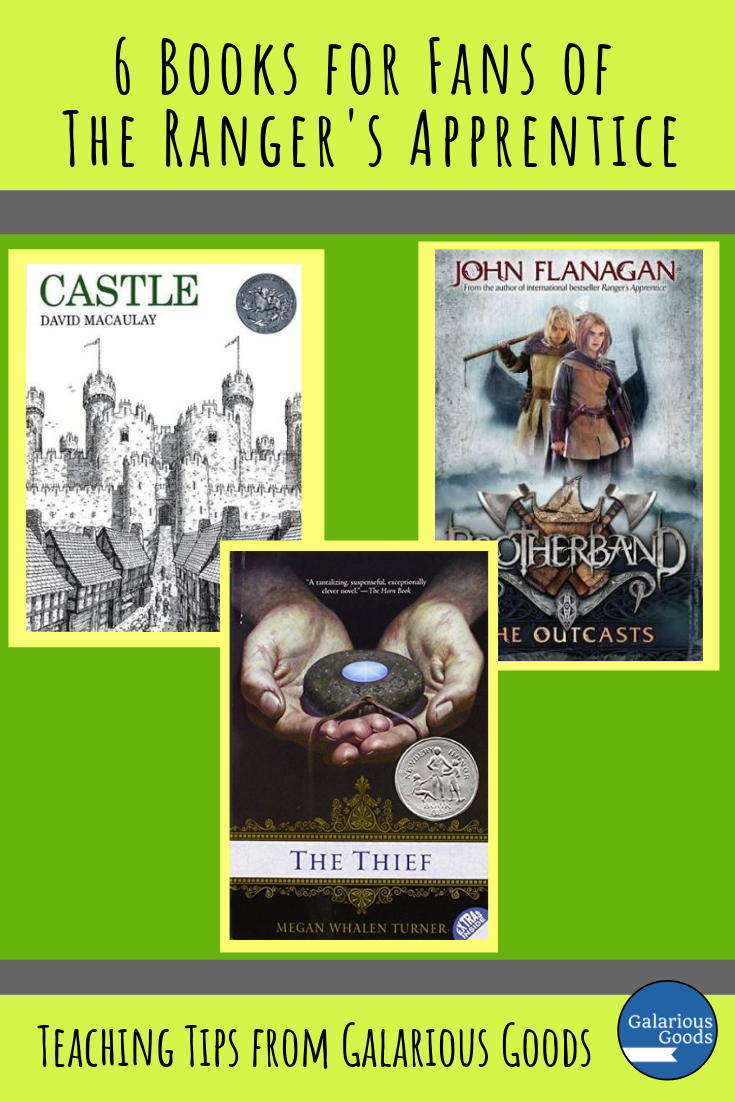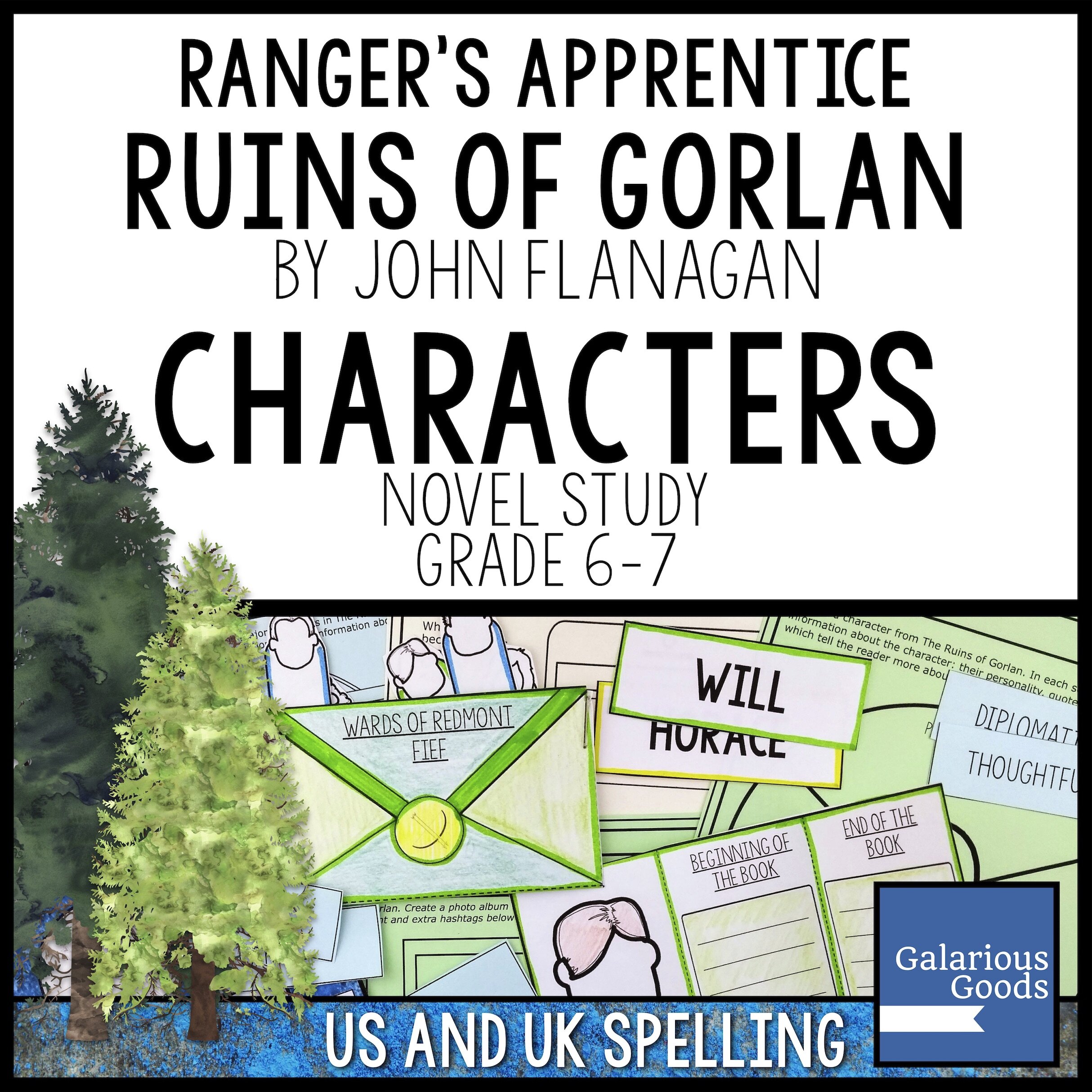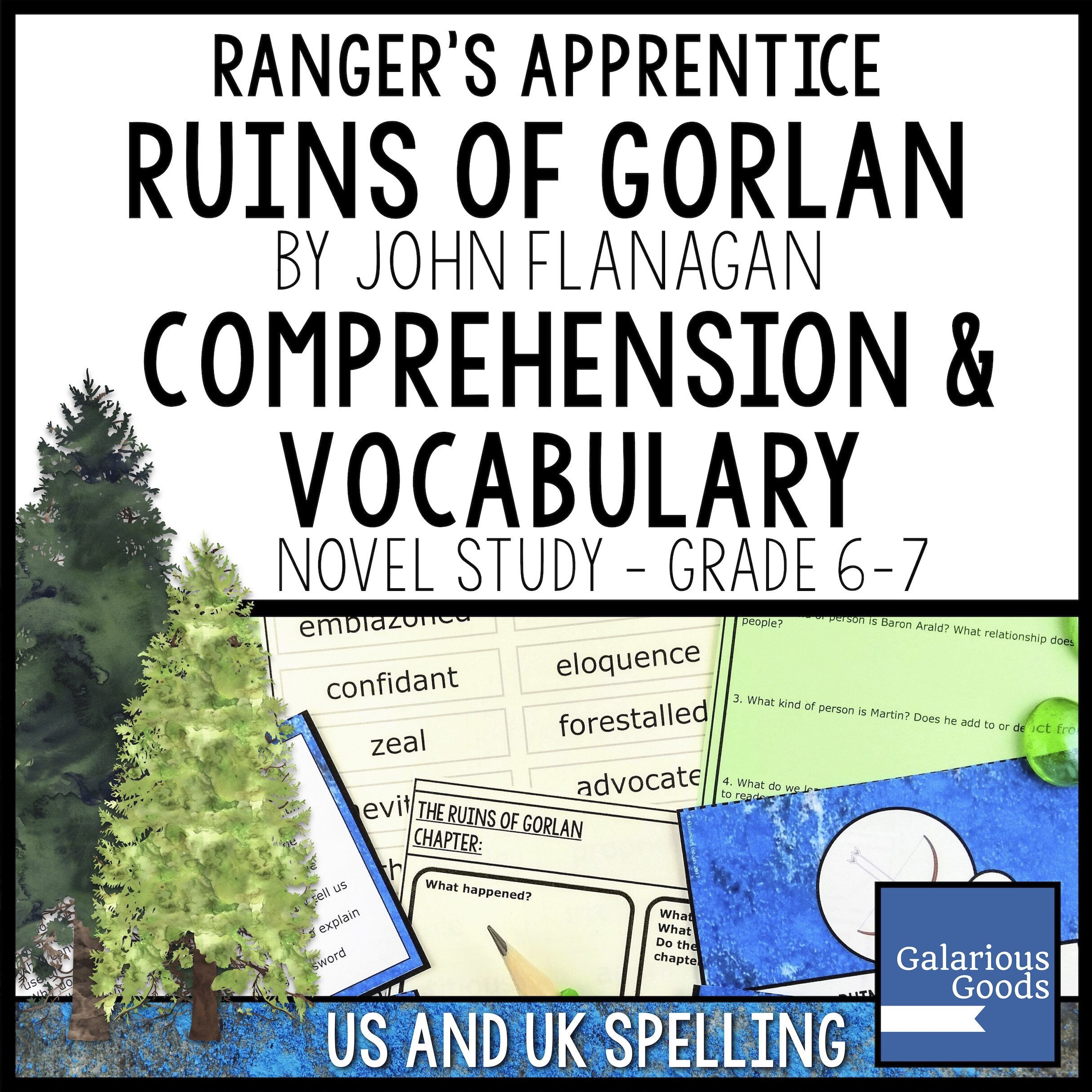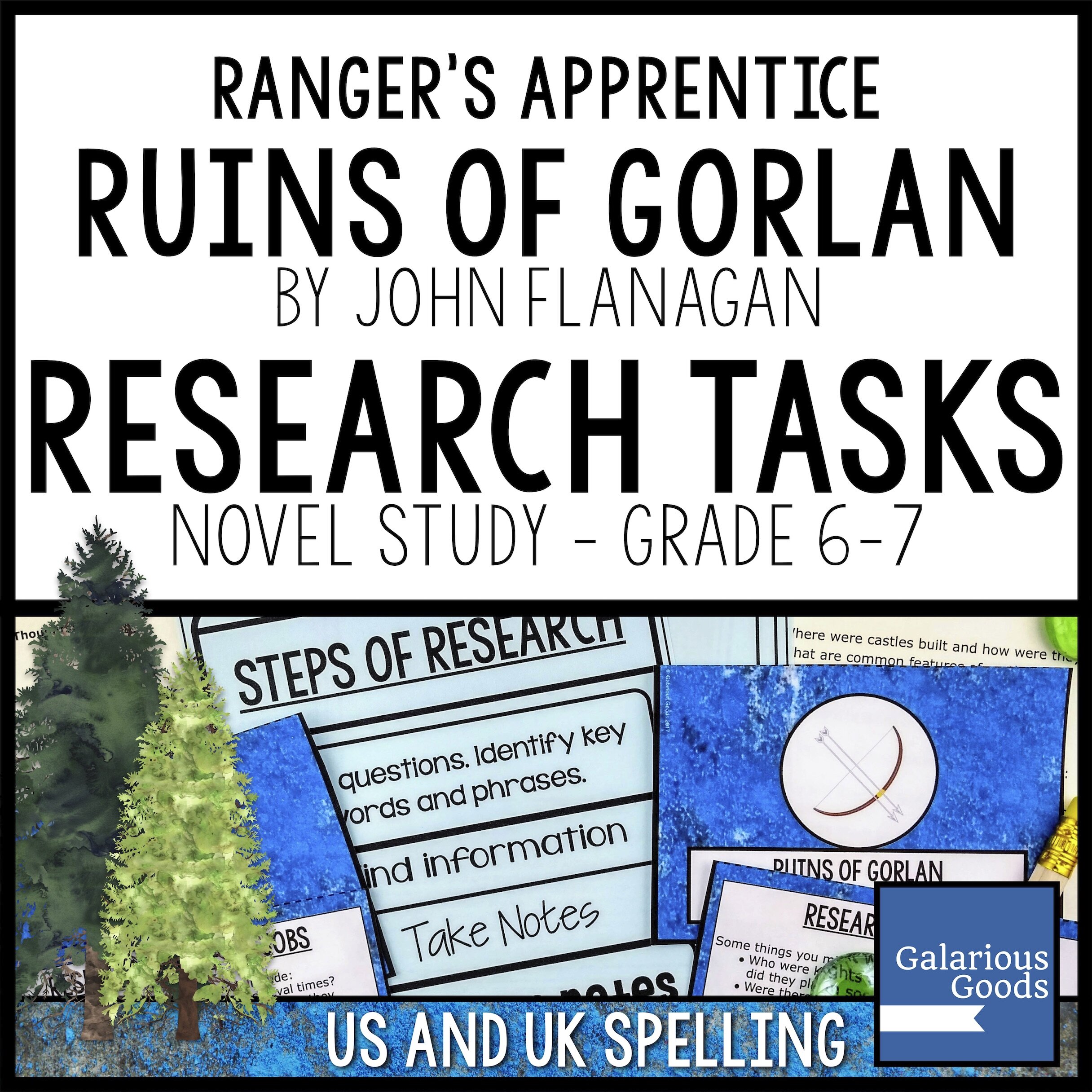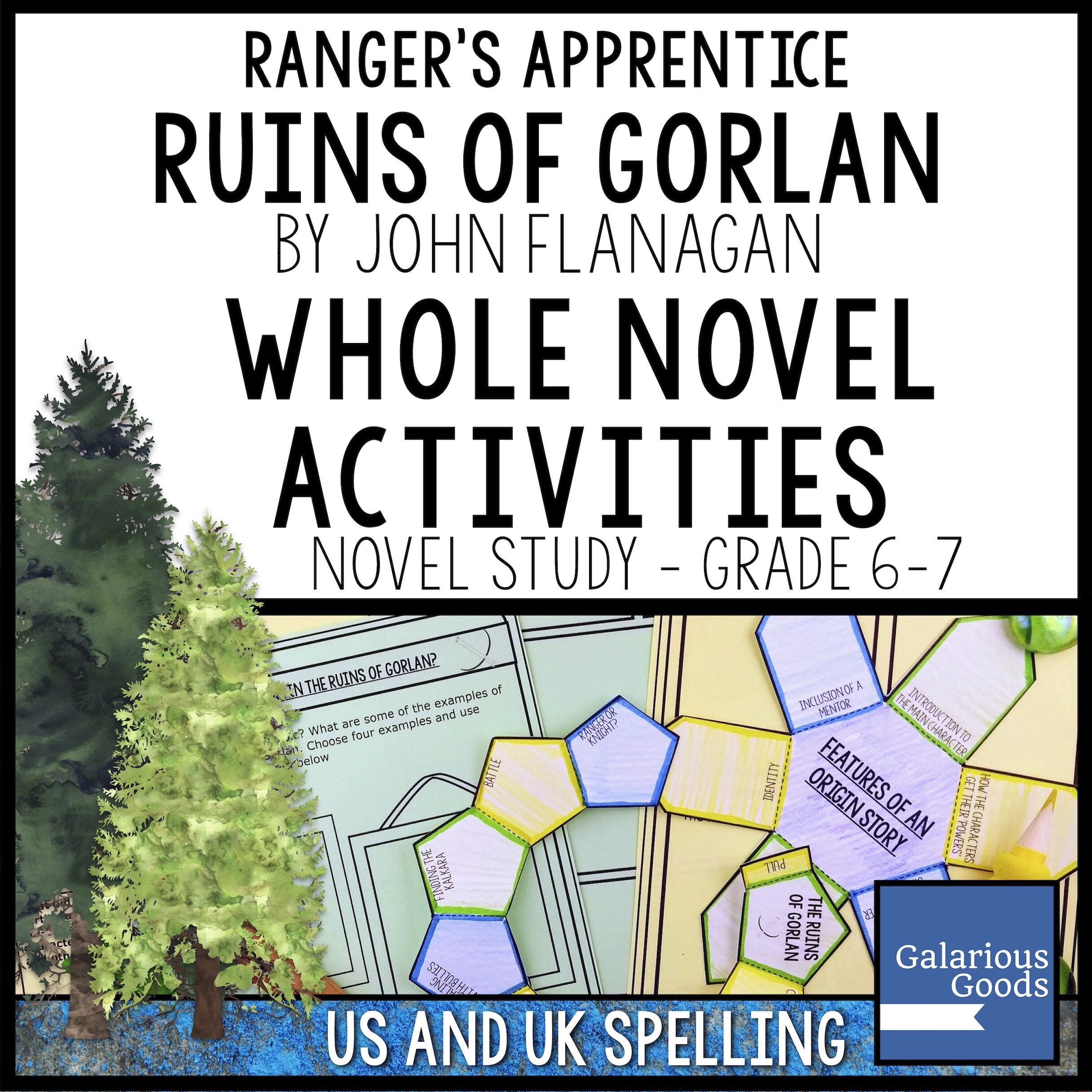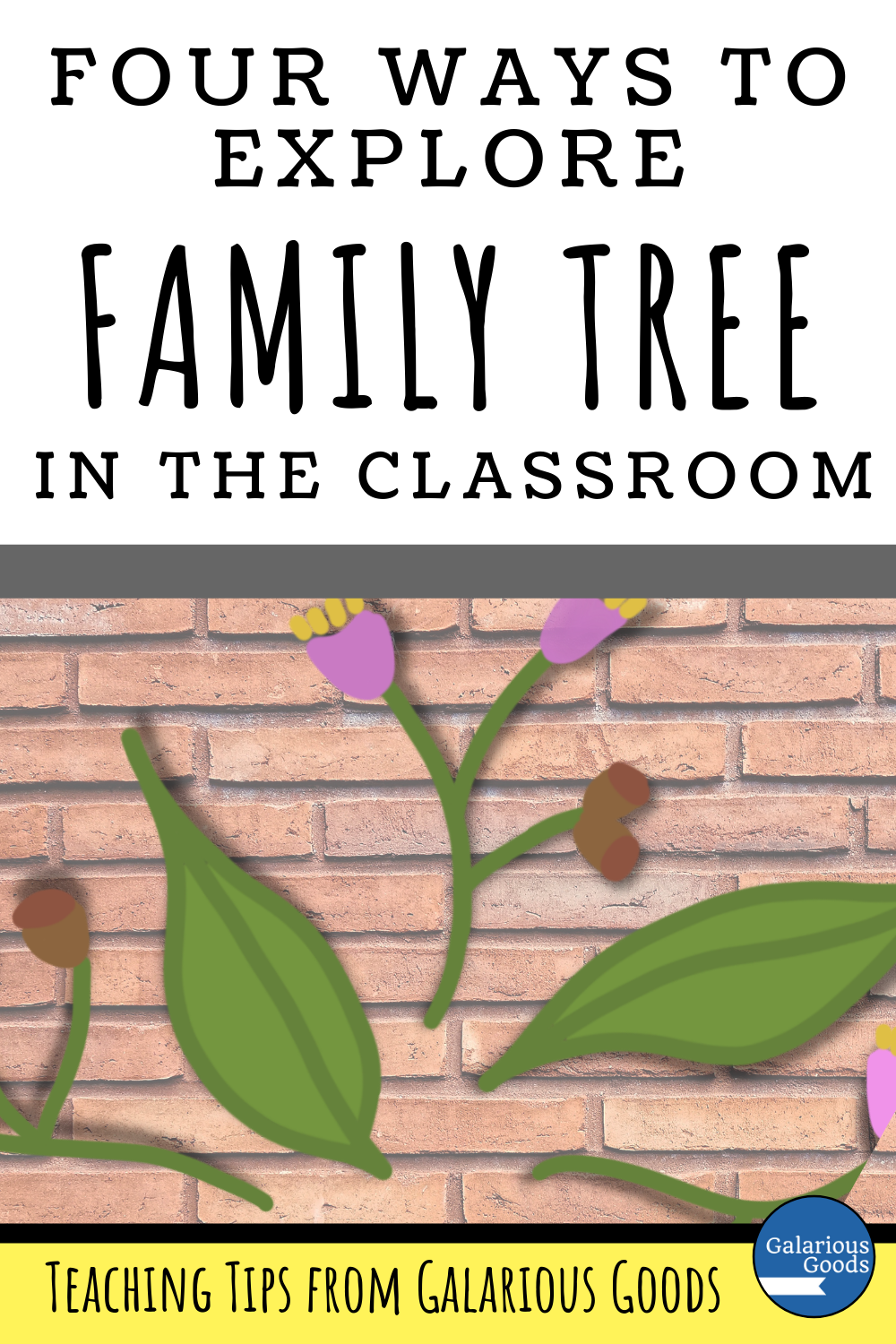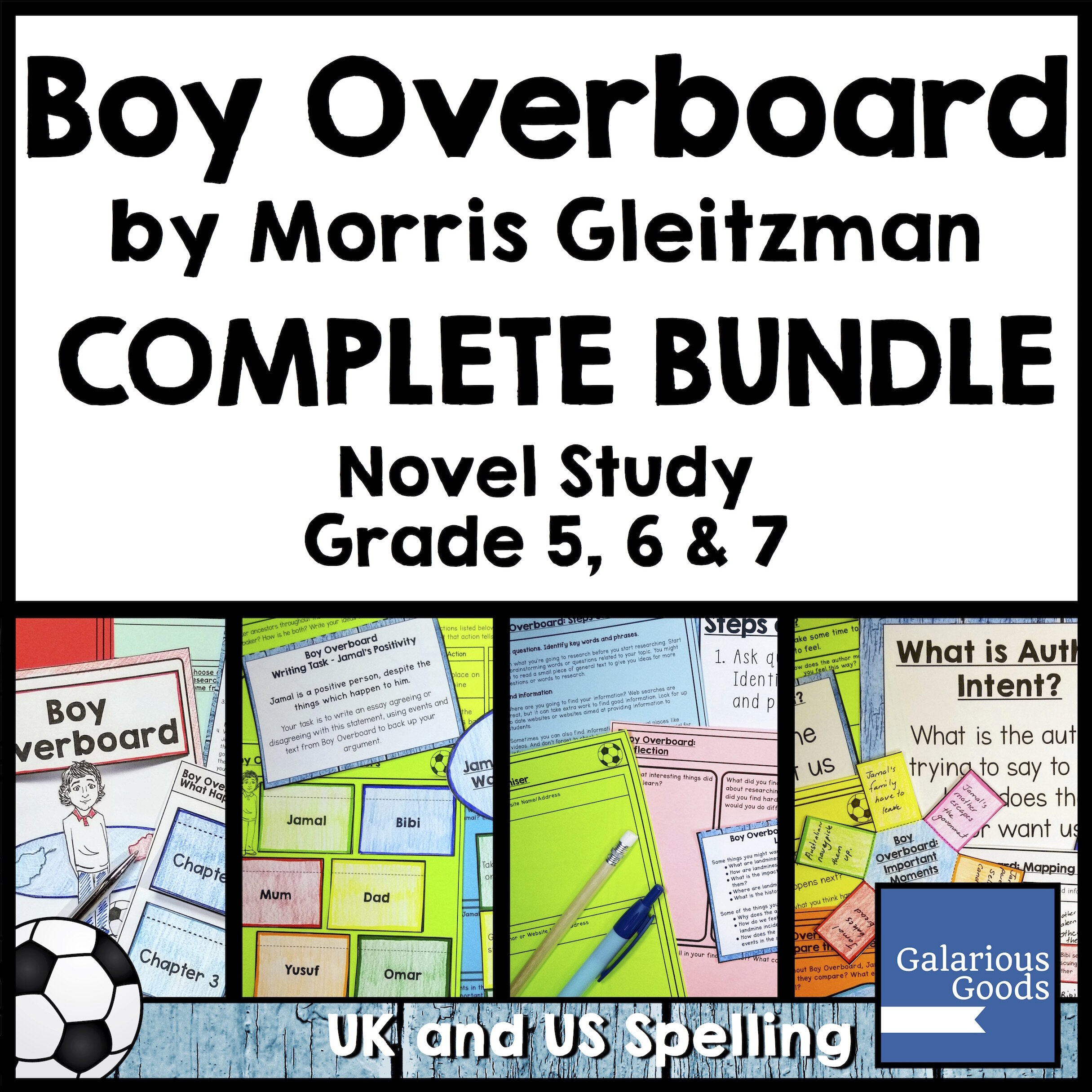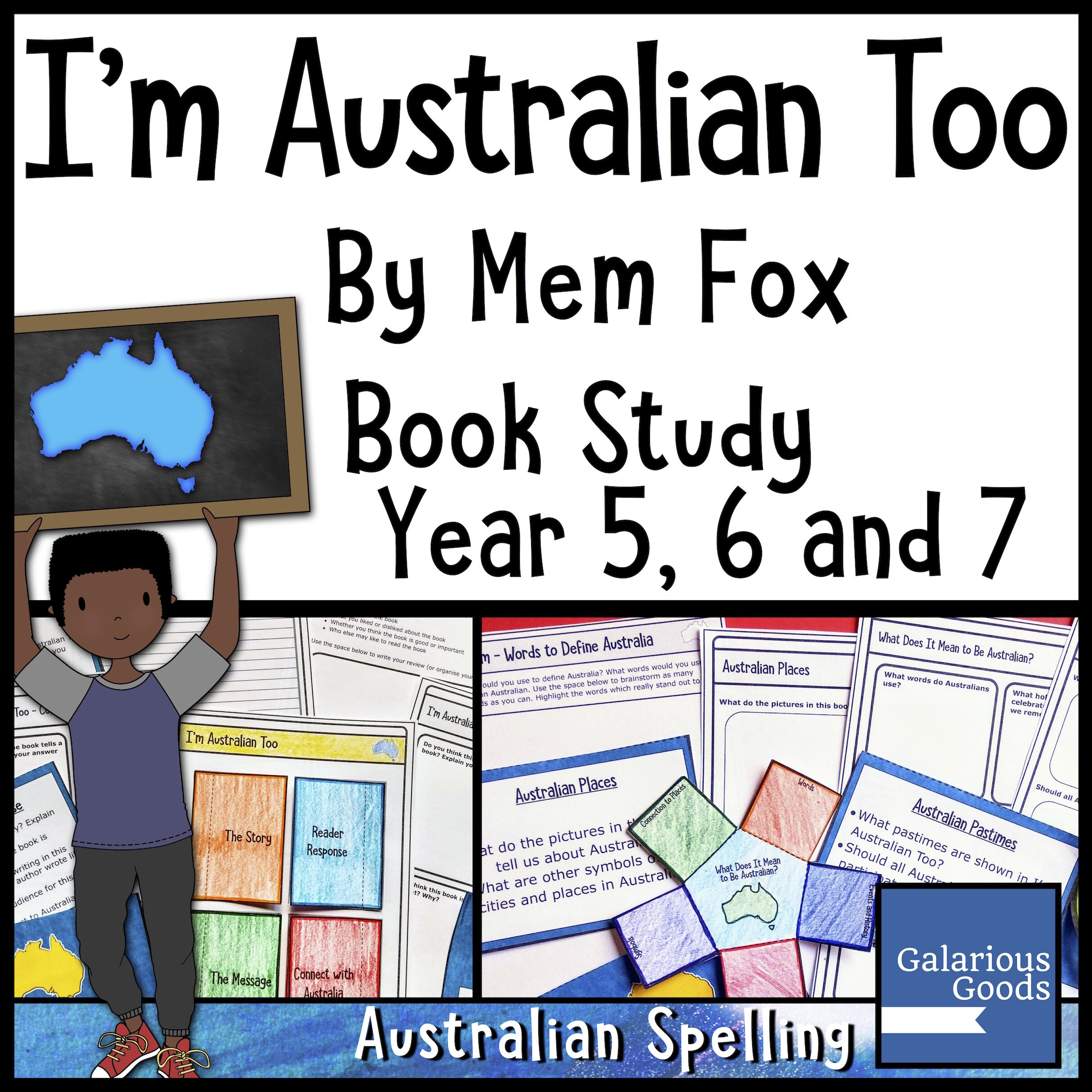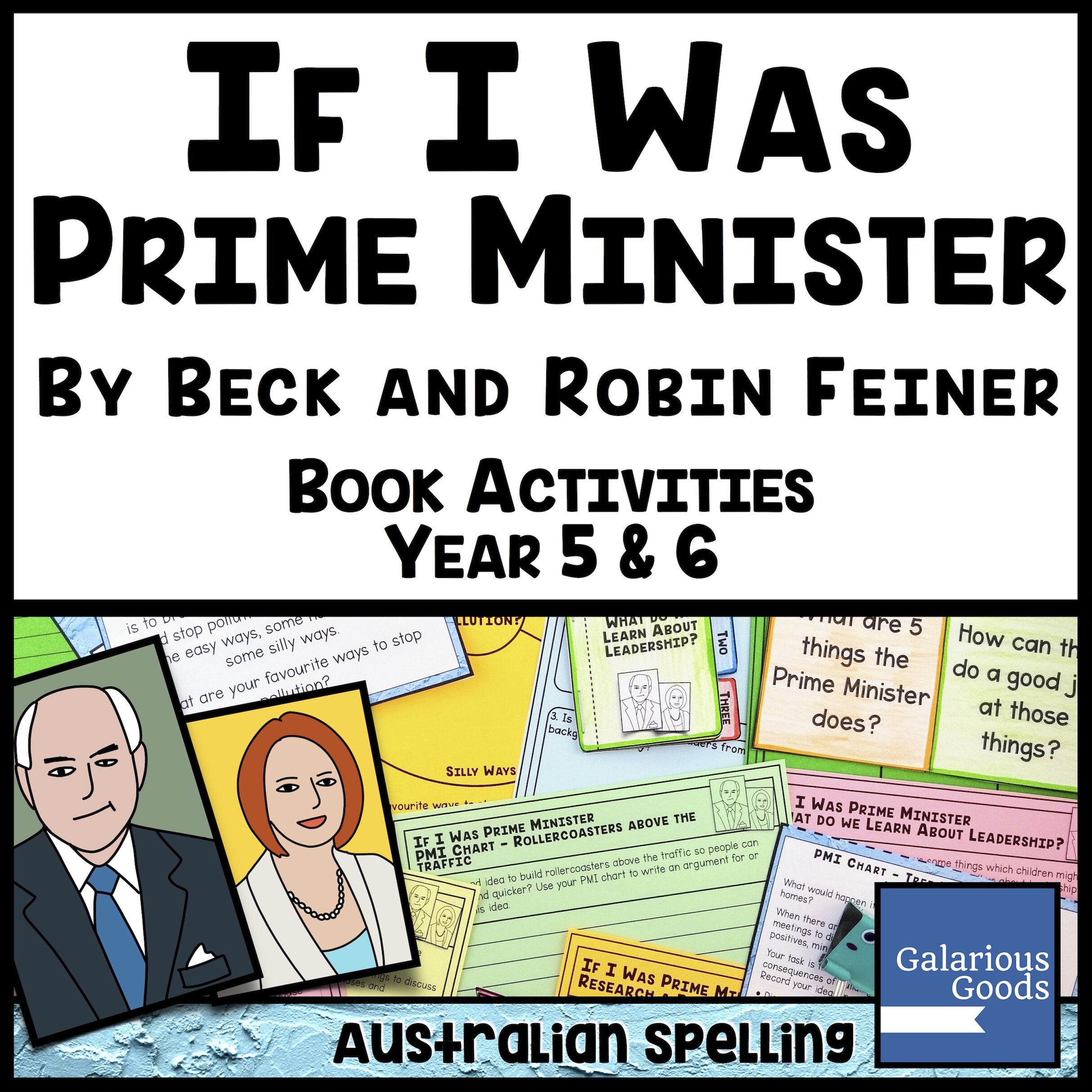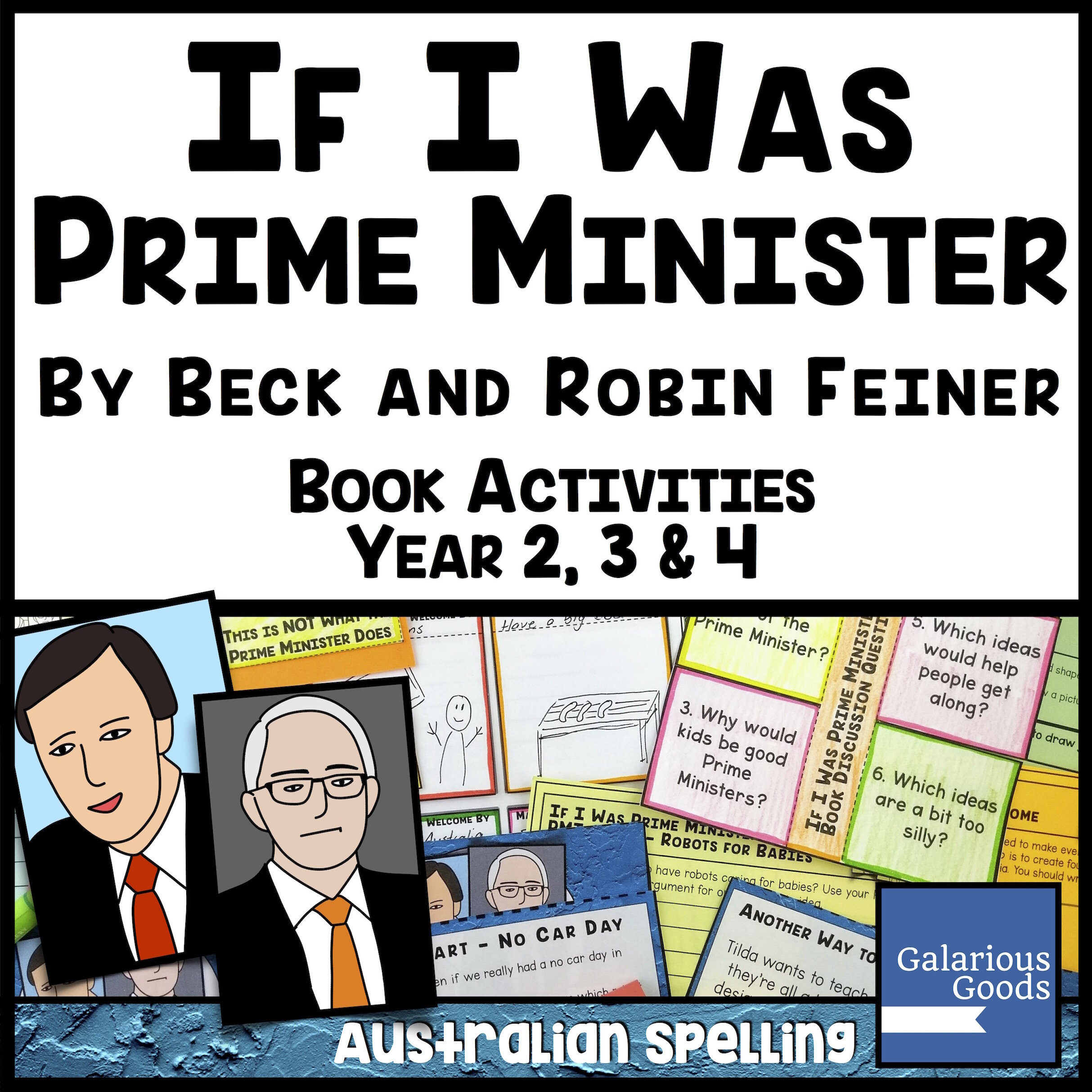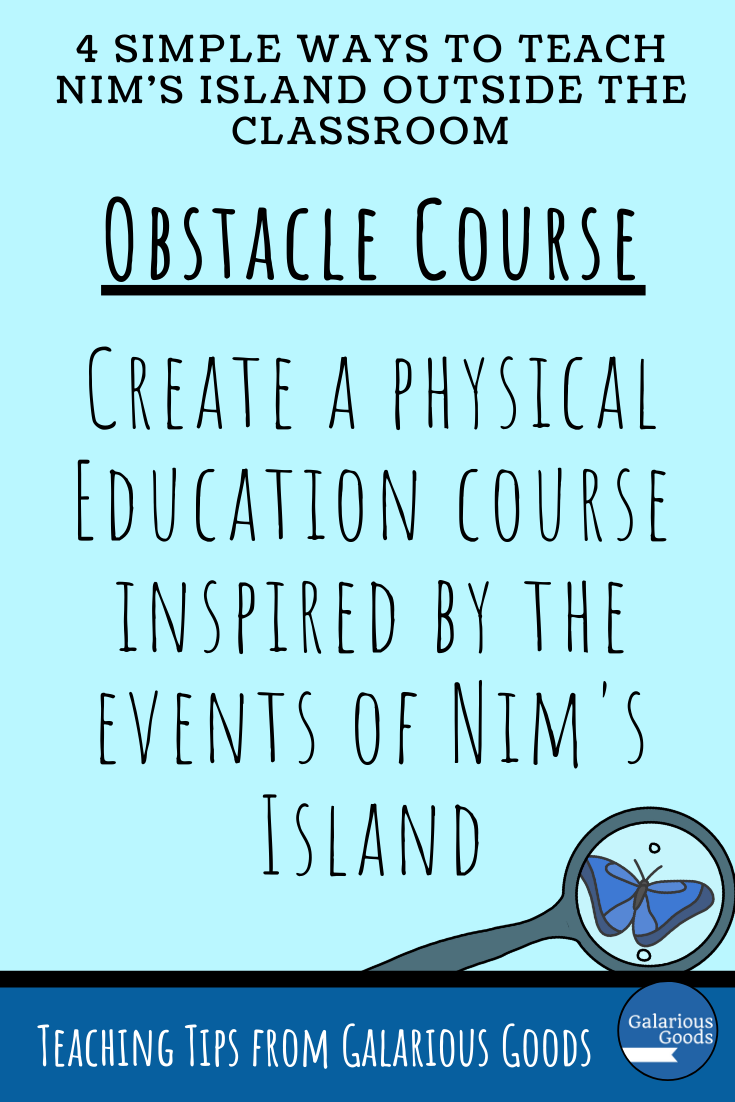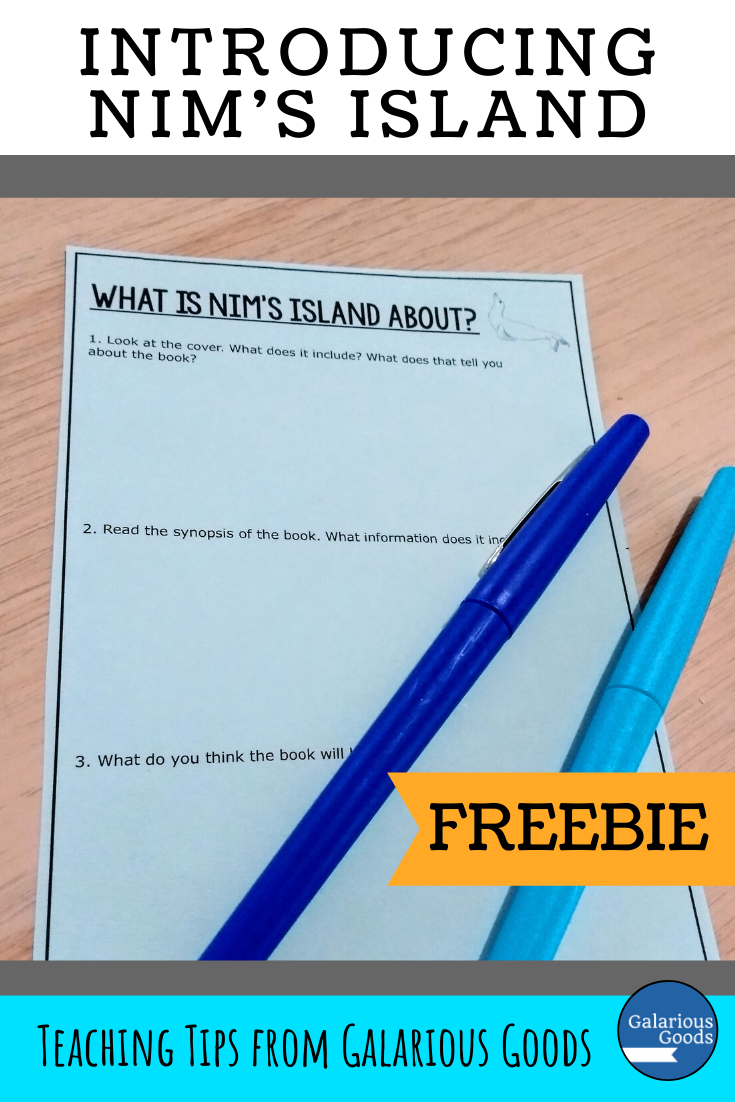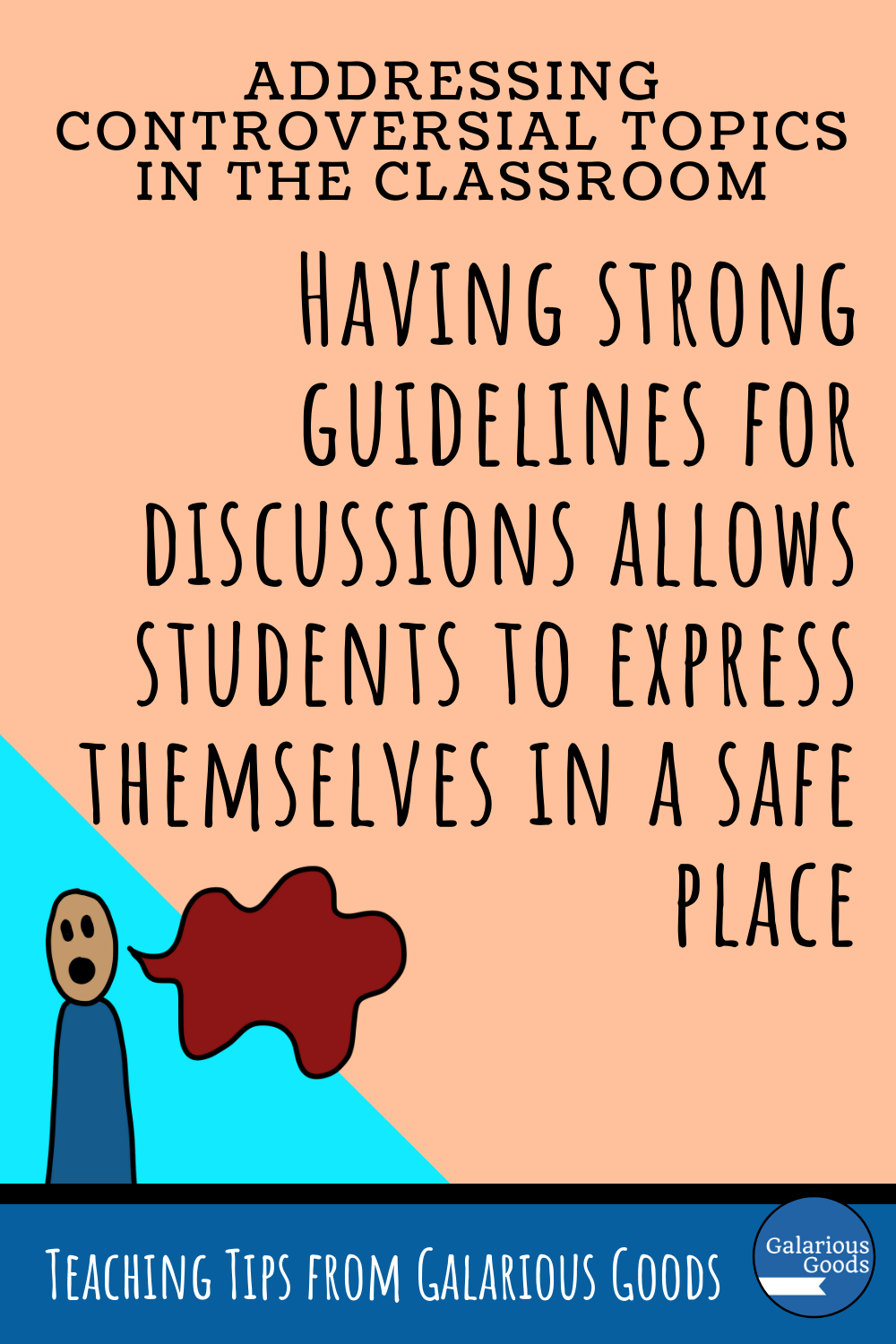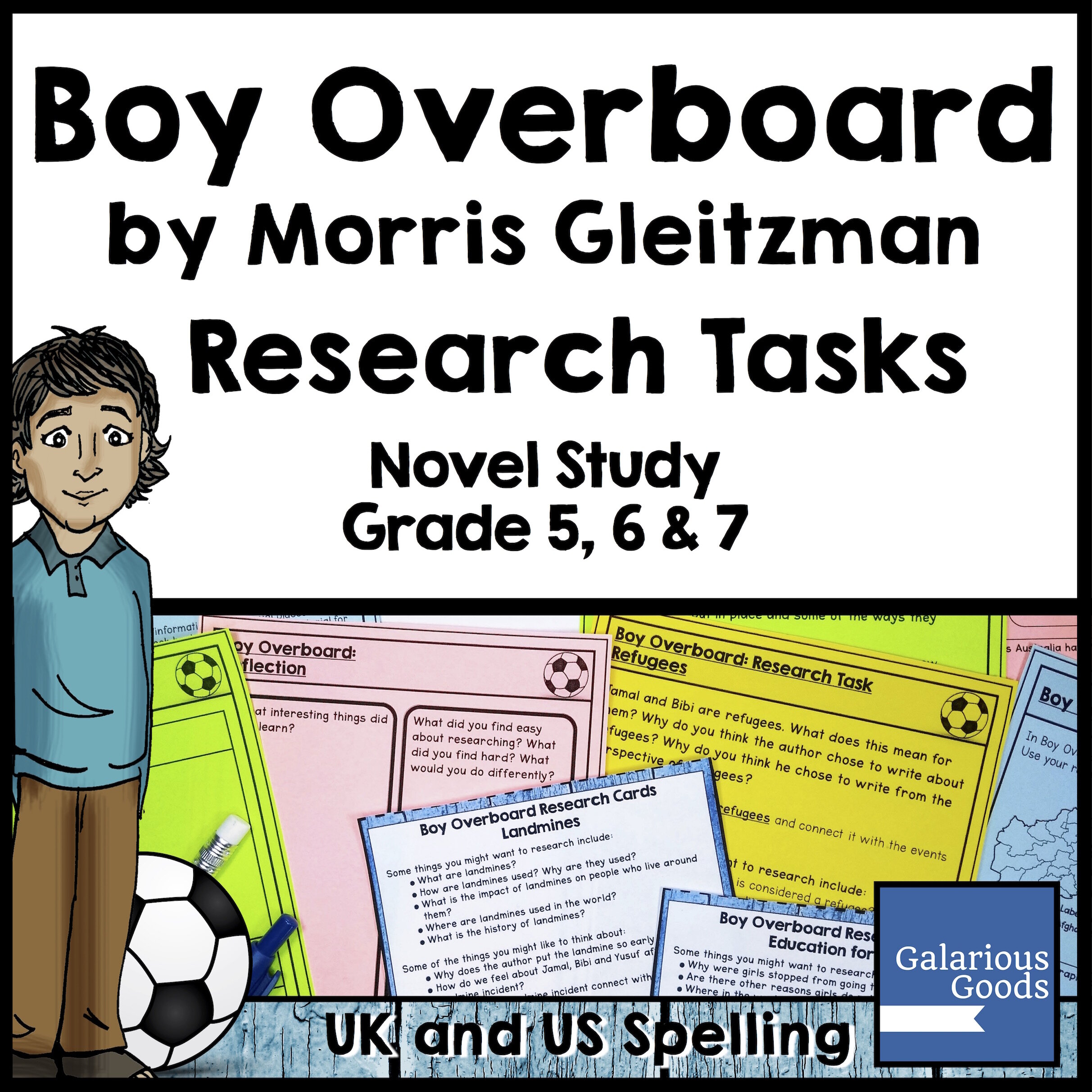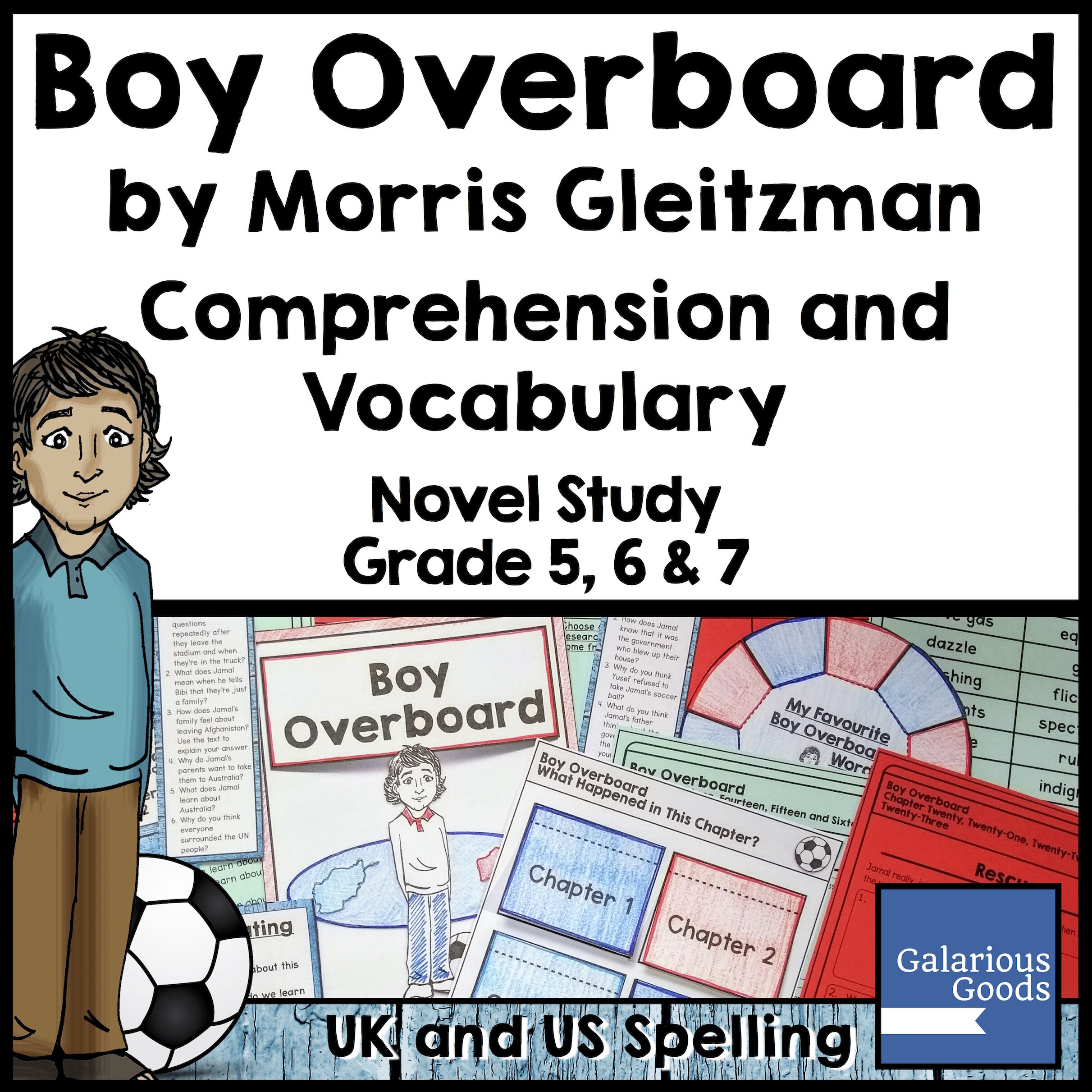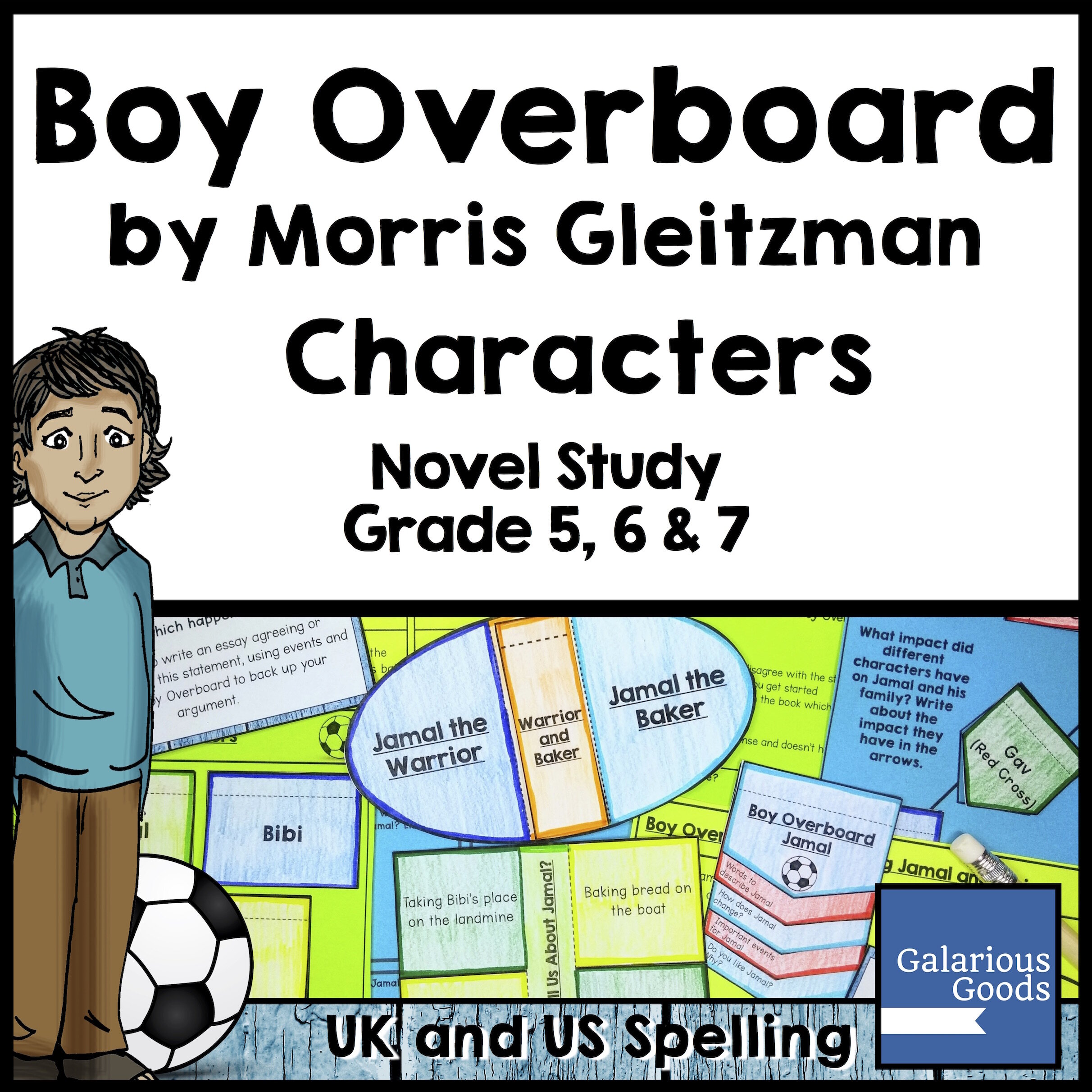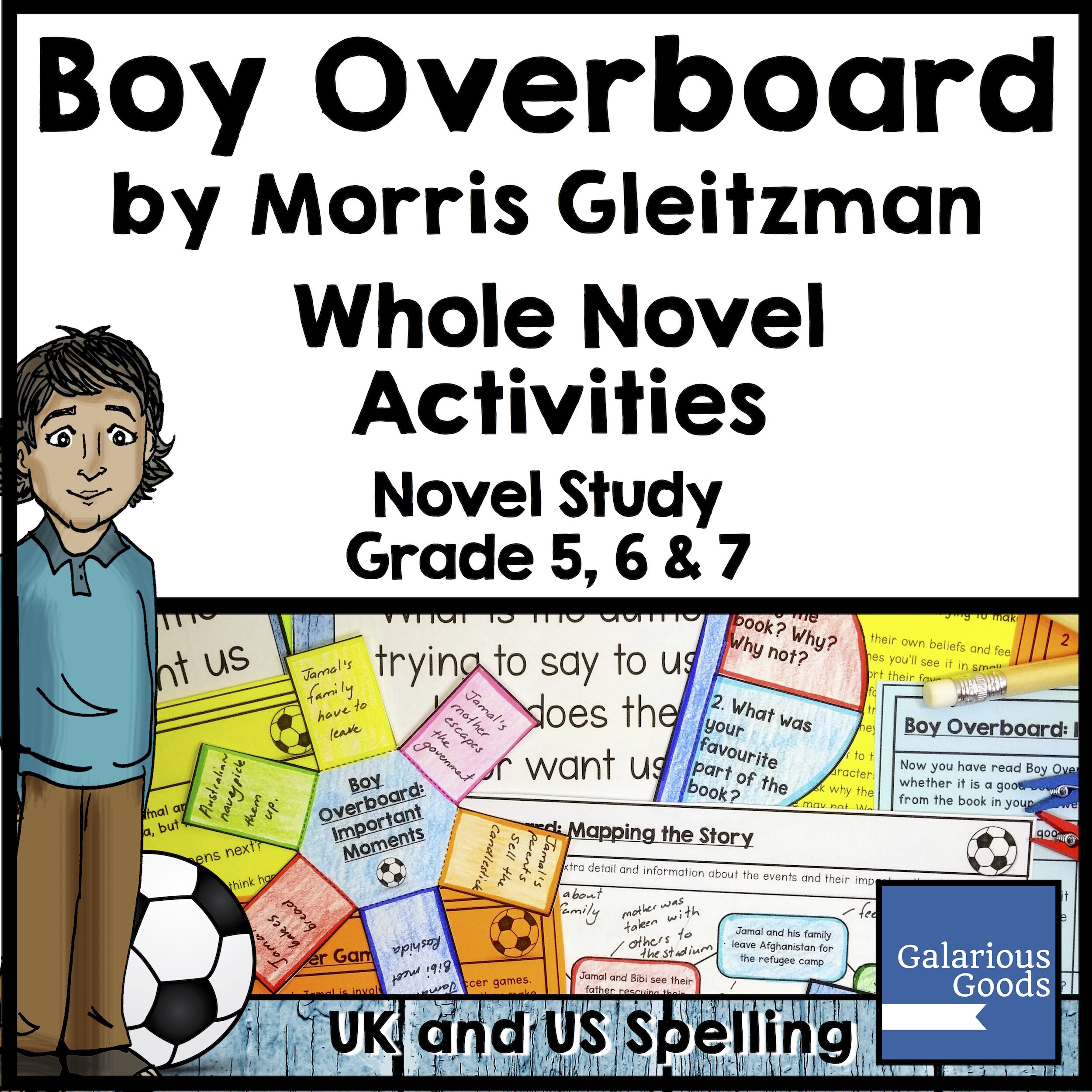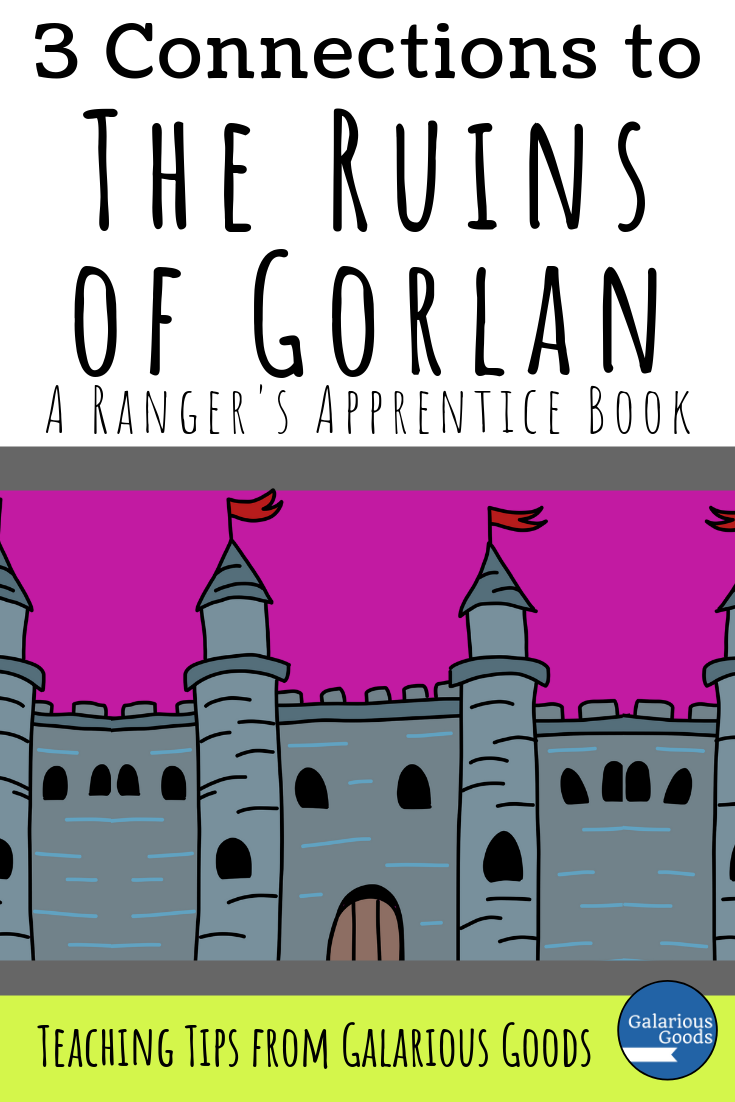6 Exciting Books for Students Who Love The Ruins of Gorlan
/The Ruins of Gorlan by John Flanagan is a great book and I thoroughly enjoyed using it to create a comprehensive book study. Recently I updated the Ruins of Gorlan resources, adding additional material and activities and offering more options for teachers using the book study in the their classrooms. To celebrate the update, I'm pleased to present a new Ruins of Gorlan blog post offering 6 additional books (with a few sneaky extras) for students who loved the Ruins of Gorlan.
The Mapmaker Chronicles by A.L. Tait
I've only read the first in this series (the second is in my to-read pile!) but I loved it as much as I love the Ranger's Apprentice books. It's similar in 'style' to The Ranger's Apprentice - a fictional setting similar to a real-life historical period - and there's some other similarities, but it's also very much its own book, with unique characters and antagonists and completely different adventures.
The king wants to know what lies in the world and he's looking for captains and map makers who can make it happen. Quinn, a 14 year old boy who would prefer a quiet farm life, is chosen as one of the map makers.
This would be a great read aloud book, as well as working as a whole class or small group novel study. It could be easily connected to the ideas of map making and explorers around the world and could definitely lead to some interesting discussions amongst students.
The Hobbit by J.R.R Tolkien
If you're looking for a book which combines fantasy and adventure, it's hard to go past The Hobbit. The tale of Bilbo Baggins who sets off on an unexpected adventure with a group of dwarves is a classic for a reason. Although it goes more into the fantasy side of things than The Ruins of Gorlan, it balances it nicely with adventure - making it a easier read for those students who make not have a lot of experience with the fantasy genre.
The Hobbit is a great book as a read aloud (prepare your voice for the Gollum chapter), a small group or recommended as a reader's workshop novel. Students who finish with The Hobbit may like to go on and explore The Lord of the Rings.
Catherine, Called Birdy by Karen Cushman
The Ruins of Gorlan is set in a time period and place which which obviously meant to reflect medieval England. For a different look at the medieval world, students may like to explore Catherine, Called Birdy, a diary style book which examines the life of the daughter of a knight. It explores the social history of medieval life and the pressures on young girls to be married.
This would make a fascinating comparison piece with The Ruins of Gorlan. Students could discuss why John Flanagan chose to be inspired by the medieval time period while making changes, especially in the way women are treated. I think this book would be especially effective in small group discussions.
Castle by David Macaulay
For a different way of looking at the medieval world, students may like to examine Castle, a picture book which combines drawings of a fictional castle (based on detailed research) with descriptions of the construction process. This would be a brilliant book to combine with STEM activities, as students explore the different elements which go into making up a castle. This additional knowledge may also provide more context for some parts of The Ruins of Gorlan or assist students in picturing events in The Ruins of Gorlan more clearly.
The Thief by Megan Whalen Turner
The Thief tells the story of Gen, a thief who is released from prison to assist the magus - the King's scholar. It's an excellent adventure book, with a main character who demonstrates intelligence, skill and bravery, when required - much like Will in The Ruins of Gorlan. It also demonstrates influences from historical cultures - something which would be fascinating for students to explore. This would work particularly well as an option in Reader's Workshop (especially with a good book talk) or as a read aloud book for the whole class or a small group.
Other Ranger's Apprentice books and The Brotherband Series by John Flanagan
It feels a little like cheating to include these, but they are a must read for any fans of The Ruins of Gorlan. The Ranger's Apprentice is not a strictly chronological series - the books are often gathered together in twos or threes (though there are some stand alones and a collection of short stories) and they jump forward and backward around Will's life. There's a lot in them to explore and lots of students will be caught up in the adventures of Will, Halt and their friends.
Brotherband goes off to the land of Skandia - a land we meet in the second, third and fourth Ranger's Apprentice books - and continues the adventures in a slightly different way.
Both series are great to have available - either in the classroom library or the school library - for when students have finished reading The Ruins of Gorlan. Alternatively, you may like to help a small group of Ruins of Gorlan fans conduct their own book study on one or more of the Ranger's Apprentice series when they're finished with the first book.



